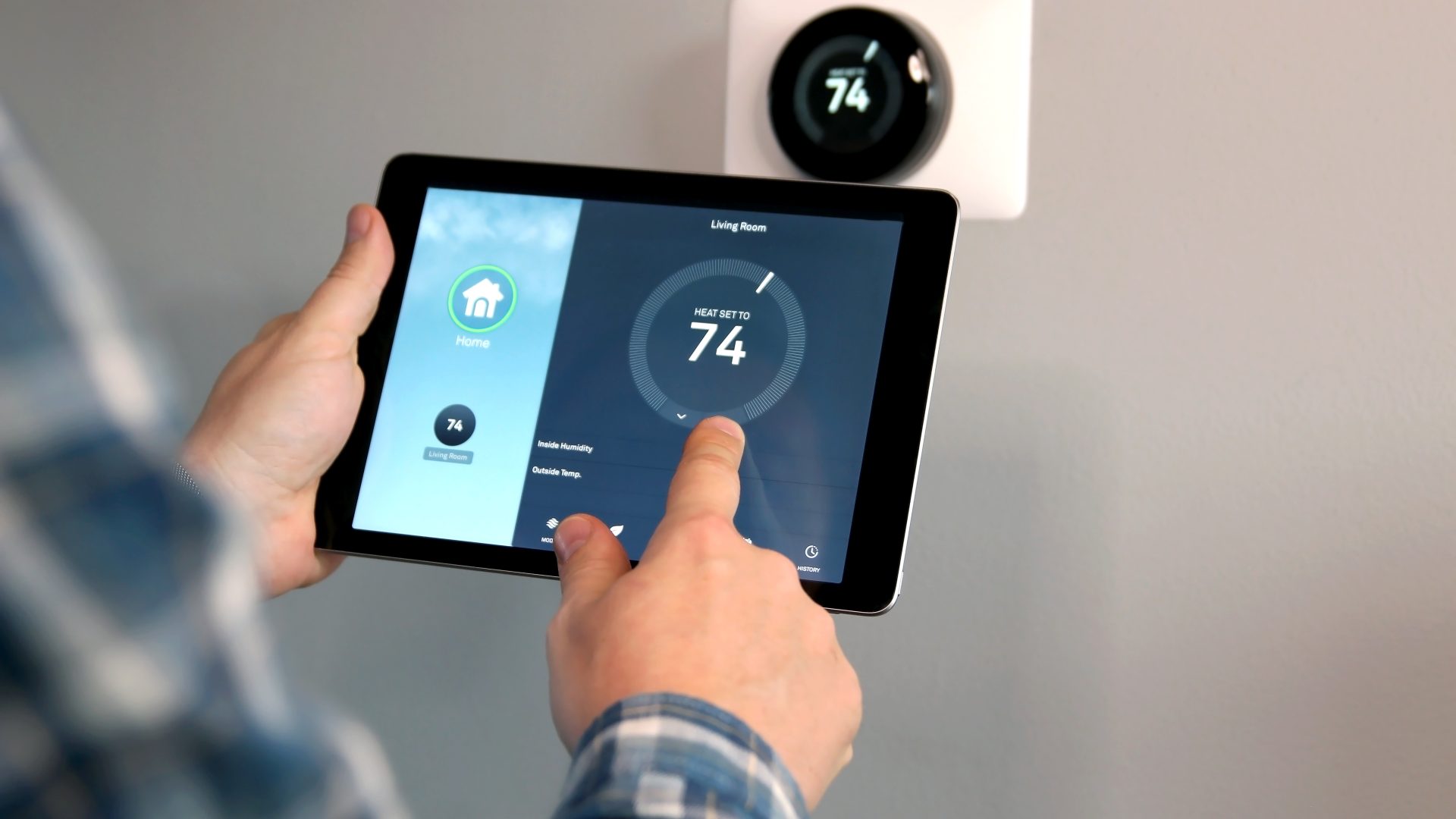What is a residential heat pump?
Introduction to Heat Pumps A residential heat pump is a vital device for managing homes' indoor climate. Utilizing a clever mechanism involving a compressor and refrigerant, it transfers heat into or out of your living space as needed. This all-in-one...
What is a residential furnace?
An Introduction to Residential Furnaces A residential furnace is vital for many homes, offering warmth and comfort during colder months. Typically located in the basement or a dedicated utility space, it is the core component of a household’s heating system....
What freon is a replacement for R-22?
The Environmental Impact of R-22 and the Shift to More Sustainable Alternatives R-22, known as Freon, has been used in air conditioning and refrigeration systems for decades. However, because it contains chlorine, R-22 harms the Earth’s ozone layer and accelerates...
What is dehumidification mean in a residential home?
What is Dehumidification? Dehumidification is the process of reducing the humidity levels in the air, particularly within your home. Humidity refers to the amount of moisture present in the air. Excessive humidity can lead to discomfort, structural damage, and various...
What is a residential air handler?
Defining the Residential Air Handler Regarding home heating and cooling, the residential air handler is a pivotal component responsible for air movement. Typically located indoors, this device seamlessly integrates with the home’s structure, playing a crucial role in the HVAC...
What is a residential coil?
Introduction to Residential Heating and Cooling Coils Residential coils are essential components of home heating and cooling systems. They play a crucial role in controlling indoor temperature and humidity by acting as the primary medium for heat exchange, typically within...
What does R-22 stand for?
R-22 is a type of refrigerant that was commonly used in air conditioning and refrigeration systems. It is also known by its chemical name, chlorodifluoromethane, or by its trade name, Freon. R-22 is a hydrochlorofluorocarbon (HCFC) compound, which means it...
What does R-410A stand for?
Introduction to R-410A R-410A, also known as Puron, has become a popular choice in air conditioning and refrigeration systems due to its eco-friendly characteristics. It serves as a more environmentally friendly successor to R-22. Composition and Environmental Impact of R-410A...
What makes a ductless mini-split energy efficient?
Introduction to Ductless Mini-Split Systems Ductless mini-split systems are becoming increasingly popular due to their energy efficiency and straightforward installation. Unlike traditional HVAC systems that rely on an extensive duct network, mini-splits deliver targeted heating and cooling directly to specific...
What is better a copper or aluminum HVAC condensing coil?
Selecting the right condensing coil for your HVAC system typically involves choosing between copper and aluminum. Each has unique properties that impact performance and longevity. Here’s an in-depth look at both to help you make a well-informed decision. Heat Conductivity...
